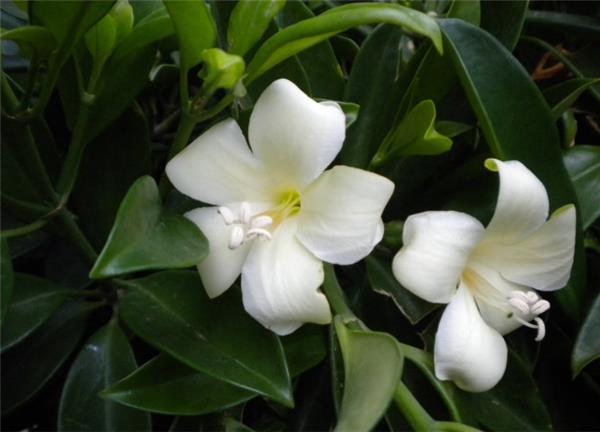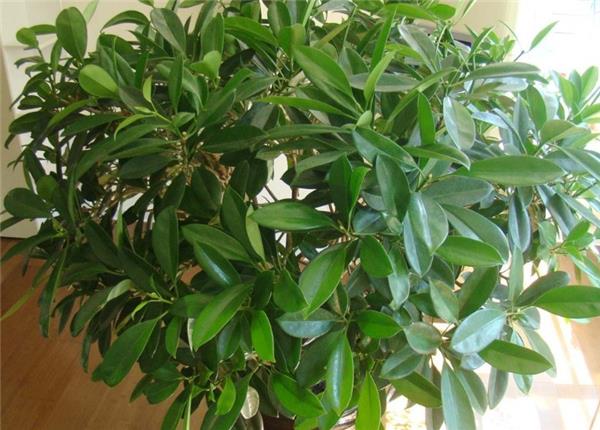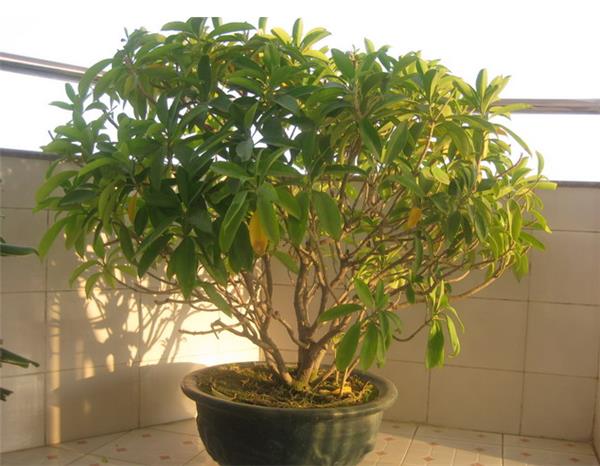How to prune African jasmine
Under careful care, African jasmine will soon grow luxuriantly, so many and messy branches and leaves really do not look very beautiful. So the question is, how to trim African jasmine to make it beautiful?

How to prune African jasmine
The specific methods are as follows:
1. The plant was put under suitable environmental conditions half a month in advance, and appropriate amount of fertilizer was applied to promote growth. When the growth is normal after half a month, each branch is truncated, and the position of the truncation depends on the size of the plant, generally retaining about 15 to 30 square meters. This can be handled flexibly.
two。 After pruning, it is generally necessary to reduce the number of watering, and it is best to irrigate fertile water.

3. Potted African jasmine flowers should generally change pots and soil once a year to maintain African jasmine demand for some nutrients in the soil. Riley should be pruned before changing the basin, leaving only about 10 centimeters for the branches born last year, and cut off the diseased and withered branches and the over-dense and thin branches. When changing the basin, remove some of the old soil and residual roots around the jasmine root system and replace them with new culture soil. Be careful not to hurt the roots.
4. The old leaves that grow too densely should be often removed during the growing period, which can promote axillary bud germination and multiple new branches and long buds, etc.
5. If you want some beautiful shape, such as mushroom shape, spherical shape, etc., you must have a little bit of patience to trim the shape. Do not trim too much at one time, which will make it difficult to restore growth.

Nursing care of African jasmine after pruning
African jasmine can control the watering times after pruning. Due to the reduction or disappearance of leaves, transpiration is very low and water demand is small. But in the future, it is best to choose fertilizer irrigation for each watering. With the growth of new branches and leaves of African jasmine, fertilizer and water management can be increased. African jasmine should generally change pots and soil once a year. When changing the basin, part of the old soil and residual roots around the African jasmine root system were removed and replaced with a new culture soil to improve the soil aggregate structure and nutrients, which was beneficial to the growth of African jasmine. When you change the basin, water it thoroughly as if it were on the basin, so that the root soil can be connected closely and the growth can be restored. Riley should be pruned before changing the basin, leaving only about 10 centimeters for the branches born last year, and cut off the diseased and withered branches and the over-dense and thin branches. During the growing period, the old leaves that are too dense are often removed, which can promote the germination of axillary buds and the emergence of new branches and long buds.

Finally, let's take a look at the impact of African jasmine on the home environment.
The leaves of African jasmine are thick and green, which can give people a sense of pleasure visually. The volatile oil produced by African jasmine has significant bactericidal effect. Can make people relax, conducive to sleep, but also can improve work efficiency, and it is spent in medicine on the use of sterilization and detoxification effect. On the other hand, these volatile oils can regulate the hormonal balance in the body, its aroma is also light, feel very fresh, and play a good role in improving the home environment.
However, we must know that all living things have to breathe, and plants also release carbon dioxide during the day, but the effect of light and respiration during the day is greater than that of respiration, which is macroscopically shown to release oxygen. There is no sunlight at night, plants only breathe, absorb a small amount of oxygen, release a large amount of carbon dioxide, and macroscopically emit carbon dioxide. For African jasmine, it is full of fragrance after flowering, and many people like to put it in the bedroom and go to sleep with delicate fragrance. However, this may be bad for the health of some people. Because the aroma of African jasmine is actually some volatile chemicals, the composition is more complex. Different people react differently to the same odor, which is related to the floral composition, concentration, ambient temperature, air velocity, physical condition and individual feeling of the plant itself. If the environmental space is very large and the amount of plants is very small, there may not be much problem. However, for a long time in the strong floral environment, it is easy to cause adverse reactions such as shortness of breath, dizziness, nausea, chest tightness and so on.
Related
- Wuhan Hospital Iron Tree Blooming Result Was Instantly Frightened by the Gardener Master
- Which variety of camellia is the most fragrant and best? Which one do you like best?
- What is the small blue coat, the breeding methods and matters needing attention of the succulent plant
- Dormancy time and maintenance management of succulent plants during dormancy
- Minas succulent how to raise, Minas succulent plant pictures
- What are the varieties of winter succulent plants
- How to raise succulent plants in twelve rolls? let's take a look at some experience of breeding twelve rolls.
- Attention should be paid to water control for succulent plants during dormant period (winter and summer)
- Watering experience of twelve rolls of succulent plants
- Techniques for fertilizing succulent plants. An article will let you know how to fertilize succulent plants.



